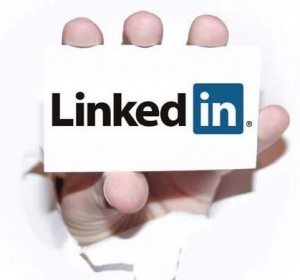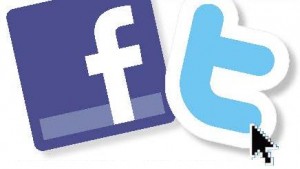Whenever I present on social media, I am invariably asked, “Where do I find the time to regularly participate?” It’s a good question. To paraphrase Steven Covey, “I make the time.”
Still, I found keeping up with social media to be difficult at first. Over time, I’ve developed a process that works for me (most days, at least). Before I get into details, let’s back up a bit to consider the larger perspective.
 First, let’s talk rationale. Why engage at all? Two big reasons. One: social media is one of the primary uses of the Internet; it has exploded over the past few years. And two: your engagement can enrich your professional career.
First, let’s talk rationale. Why engage at all? Two big reasons. One: social media is one of the primary uses of the Internet; it has exploded over the past few years. And two: your engagement can enrich your professional career.
Second, let’s talk strategy and answer a most relevant question in communication: Where are you going? Define the overriding goal for your social media presence, then make sure that everything conforms to this goal. For example, because I am an independent communication consultant, my goal is to be perceived as an enlightened, knowledgeable expert. I know this is a lofty goal, but it certainly gives me something to continually pursue. In that respect, George Bernard Shaw has motivated me when he wrote, “I like a state of continual becoming, with a goal in front and not behind.”
Now that the foundation is set, let’s talk process. I spend at most 20 minutes each morning on social media. It’s time that I can more easily fit into my schedule if I do it first.
When I open my browser, I double-click a folder I created that bookmarks my pages on LinkedIn, Twitter, Facebook, and my Toward Humanity blog. This causes each bookmark to open in its own tab. You can set up your folder anyway you want (for instance, Europeans might want their Xing page to open). I could have set my browser to open these pages on start up, but I only want to open them once, and creating the folder enables me to control when they open. Once open, I spend some time on each one.








